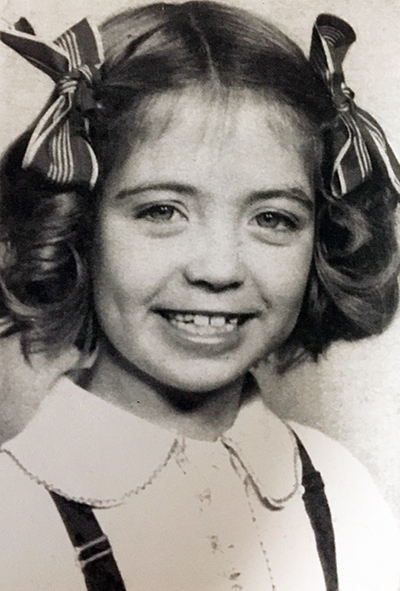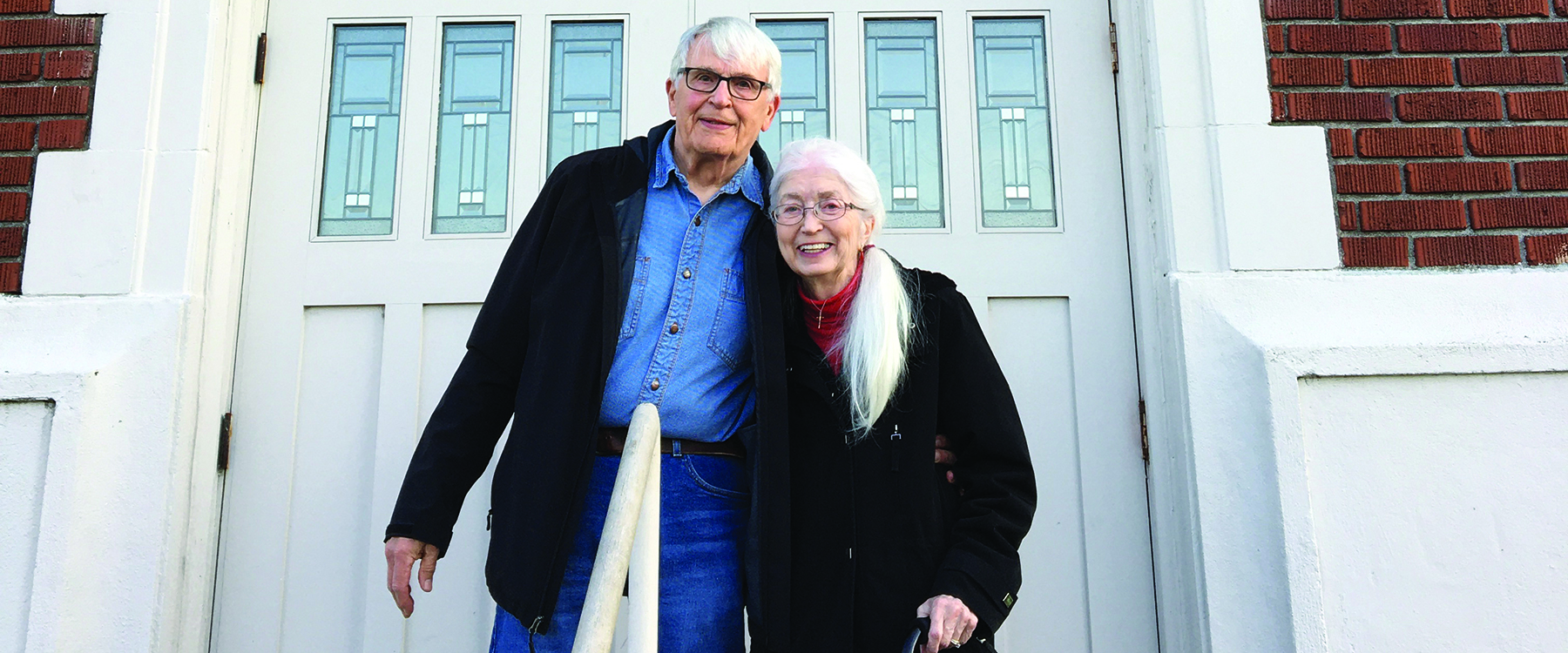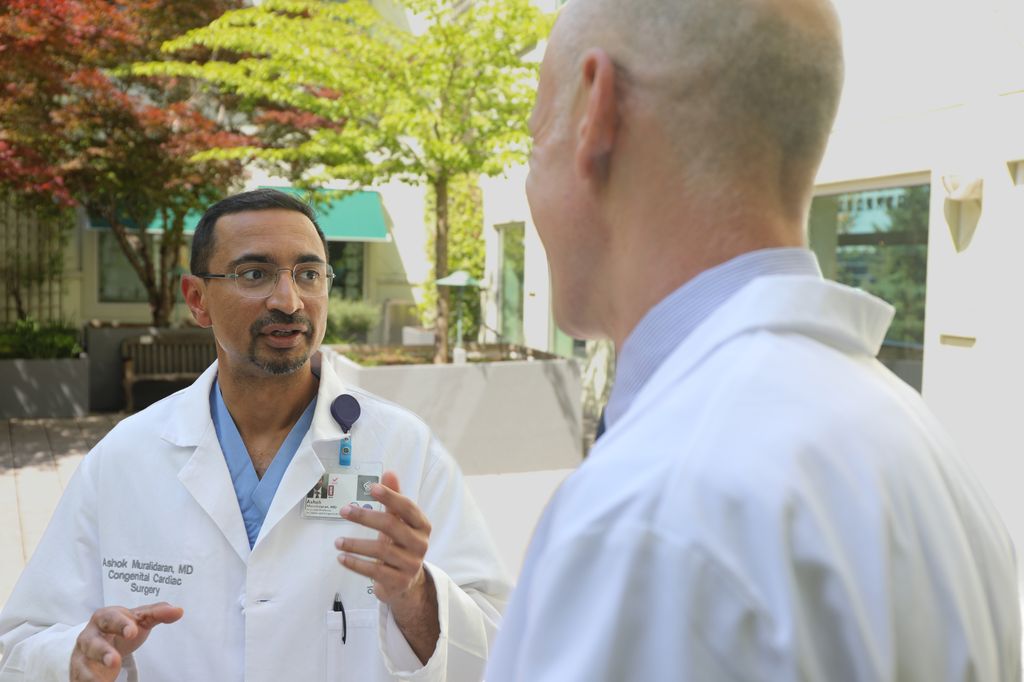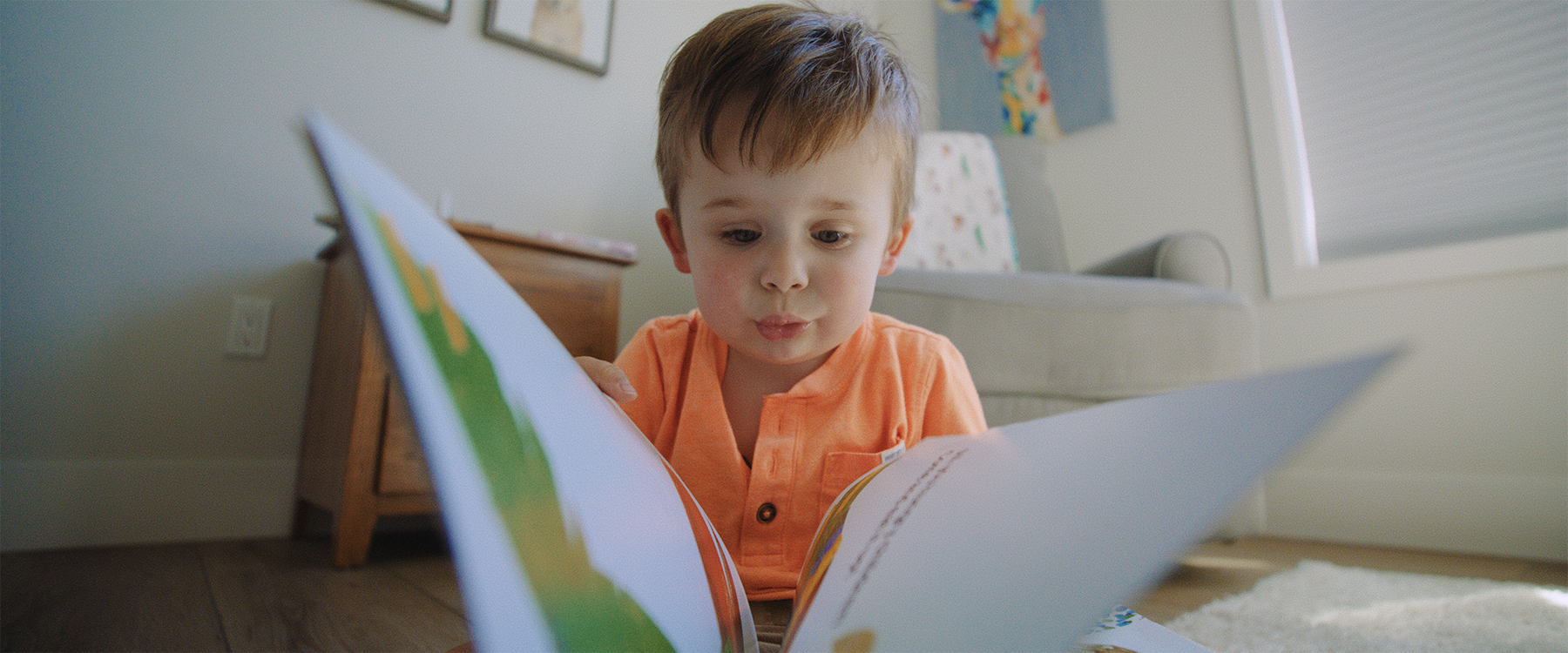By Wendy Lawton
For Ignite Magazine
1953 was a notable year. Queen Elizabeth II was crowned. Edmund Hilary and Tenzing Norgay became the first people to summit Mount Everest. And a little girl named Lois Peterson — then Lois Dye — was the first to receive pediatric heart surgery at OHSU.
Just 11 years old at the time, Peterson had been experiencing problems with her breathing and circulation.
“My fingernails, toes and lips were a deep purple, and I couldn’t even walk a block without gasping for air,” she recalled.

Peterson’s oldest sister drove her from Astoria to OHSU Doernbecher Children’s Hospital for testing, where it was determined that a heart defect was causing the pulmonary valve of her heart to close. Pediatric cardiologist Herbert Griswold, M.D., recommended a then-experimental heart surgery called a pulmonary valvulotomy (known today as a pulmonary valvotomy) to open the valve. The risks were significant — however, the risks of doing nothing were even greater.
“The doctors didn’t think I would survive beyond puberty, so my mother gave them the go-ahead,” Peterson said.
Called “the heart of OHSU’s cardiology program,” Griswold went on to become OHSU’s chief of cardiology in 1955 and is credited for advancing pioneering programs in both cardiac catheterization and cardiac surgery. Although he had never performed a pulmonary valvotomy on a child before, he was determined to give his young patient a fighting chance.
Seventy years later, Lois still remembers the experience well.
“I had never been away from home before, so that was scary,” she said. “And as one of 11 kids, I was really missing my family. My sister bought me a big scrapbook so that I could keep all the cards and letters I received at the time, and that helped. I still have that scrapbook.”
The surgery was successful — and after nine days in the hospital, Peterson got to go home with a fully functioning heart. As she recalls, the procedure opened up a whole new world for her.
“After I got the surgery, I just became a little tomboy,” she said. “I was running around in the fields, riding a bicycle, doing all the things I couldn’t do before. It was real celebration for me.”
It also marked a milestone in pediatric surgery: Peterson was one of the first five children in the nation to undergo what is now considered the treatment of choice for pulmonary valve stenosis.
“I’m 81 years old and I lived through all that. I’d say that’s a pretty good record for Doernbecher!”
Lois Peterson
At the age of 19, Peterson once again made the trek from Astoria to Doernbecher for a check-up. The doctors determined that Peterson would need further repair to the same heart valve. To do so she had an open-heart surgery performed by Albert Starr, M.D., best known as the co-inventor of the world’s first successful artificial heart valve.
In the years that followed, Peterson went on to marry and raise a family of her own. And when her daughter started experiencing similar symptoms to what she had as a child, she knew exactly where to take her.
“Her symptoms were a lot milder, but we wasted no time in bringing her to Doernbecher,” she said. “Luckily, it was just a slight murmur, and she was totally fine.”
During the visit, the doctor turned to his residents and mentioned Peterson’s historic surgery — not knowing she had been the patient — but he got the date wrong. So, Peterson decided to do a little teaching of her own.
“I said, ‘Excuse me, but it was in 1953,’” recalled Peterson. “The doctor insisted that no one was doing those surgeries in 1953 and that it had to have been 1956.”
Peterson told him to check the archives — and of course, she was right.
Today, OHSU Doernbecher Children’s Hospital is a national leader in diagnosing and treating children’s heart conditions, from the common to the complex. The team of world-class pediatric cardiologists, nurses, social workers and staff are dedicated to helping their young patients go on to live long, meaningful lives — just like Lois Peterson.
“I want to express my gratitude to Doernbecher for what you did for me 70 years ago, many years before most of your staff was born,” she wrote in a letter to the hospital. “You have saved many lives, improved many more, and continue to bring hope and healing to so many children.”




